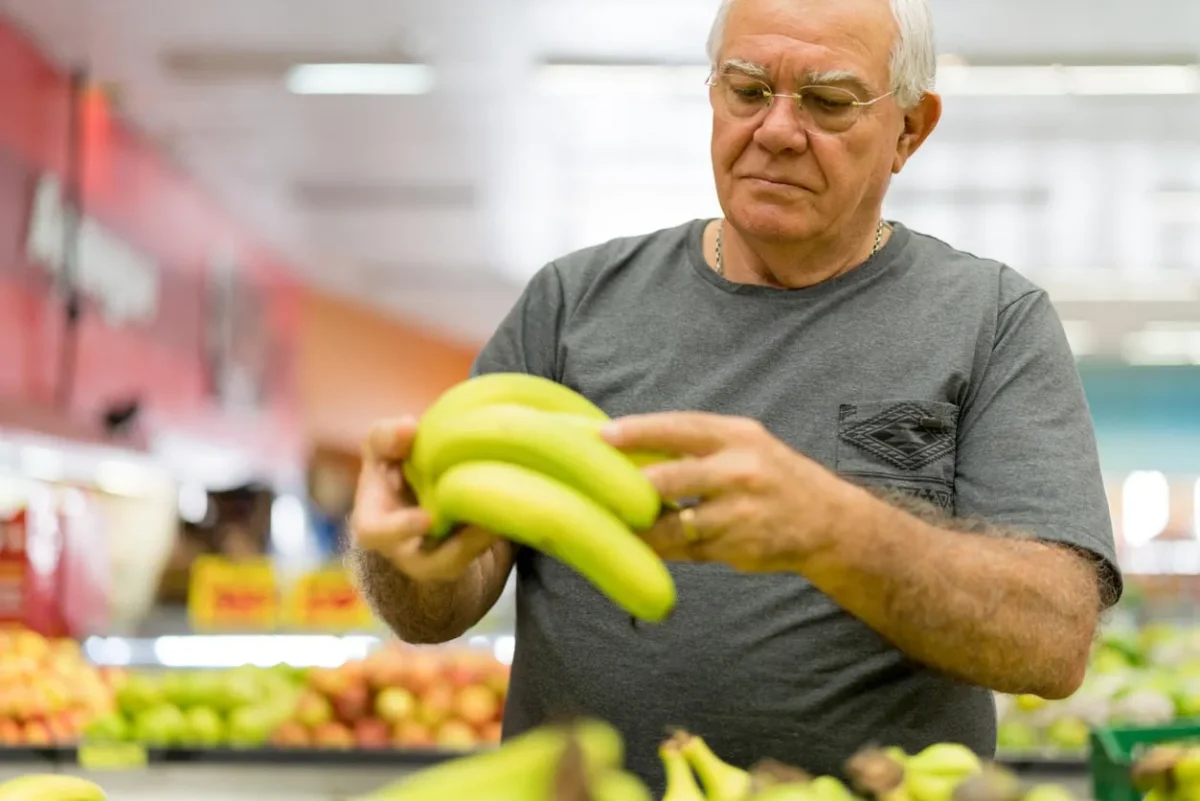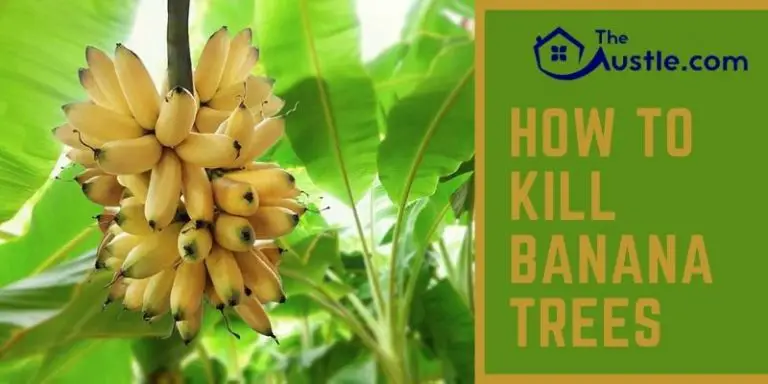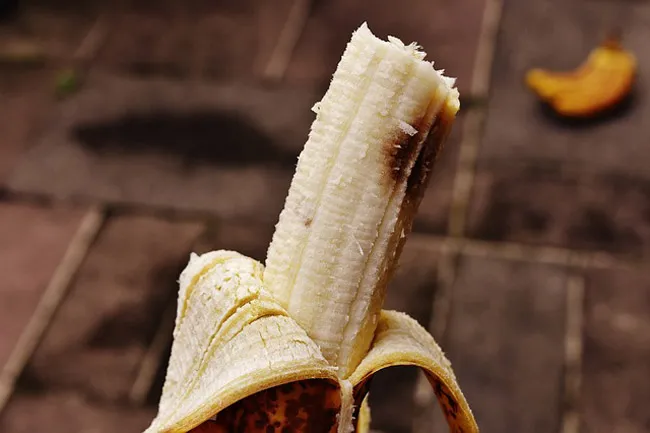The Fascinating Science Behind Why Bananas Taste the Way They Do
Bananas are one of the most popular fruits in the world, and their unique taste is one of the reasons why. But have you ever stopped to wonder why bananas taste the way they do? In this article, we’ll dive into the fascinating history and science behind the taste of bananas, including the different flavor profiles and the role that ripeness plays in their taste. We’ll also explore how the growing and harvesting process can impact the taste of bananas. Whether you’re a banana fan or simply curious about the science behind flavors, read on to learn more!
The history of bananas.
The history of bananas is a fascinating tale that spans centuries and continents. Bananas are believed to have originated in Southeast Asia, where they were first cultivated by early humans over 7,000 years ago. From there, the fruit spread throughout Asia and eventually made its way to Africa and the Middle East.
It wasn’t until the 15th century that bananas were introduced to Europe by Portuguese explorers. However, it took another several hundred years before the fruit became widely popular in Europe and North America.

In fact, it was during the late 19th century that bananas really began to take off as a global commodity. The United Fruit Company (now known as Chiquita Brands International) was founded in 1899 and began importing bananas from Central America to North America and Europe.
The popularity of bananas continued to grow throughout the 20th century, with various countries becoming major producers of the fruit. Today, bananas are one of the most widely consumed fruits in the world, with millions of tons being produced each year.
But despite their widespread popularity, there are still many fascinating things about bananas that most people don’t know. For example, did you know that there are over 1,000 different varieties of banana? Or that they’re technically berries?
Learning about the history of bananas can not only be informative but also entertaining – who knew such a simple fruit could have such a rich backstory?
The science behind why bananas taste the way they do is fascinating.
The banana, a fruit beloved by many, has a unique taste that sets it apart from other fruits. But what is the science behind this distinct flavor?
Firstly, bananas contain high levels of natural sugars such as fructose and glucose. These sugars play a key role in the fruit’s sweet taste. Additionally, bananas contain organic acids like malic acid and citric acid which contribute to their tangy flavor.
But it’s not just about the individual components – it’s also about how they interact with each other. Bananas also contain esters and alcohols which give them their characteristic aroma. These compounds work in conjunction with the sugars and acids to create a complex flavor profile that is both sweet and slightly tart.
Interestingly enough, as bananas ripen, their starch content converts into more sugars which intensify their sweetness while reducing their tanginess. This is why ripe bananas tend to be sweeter than unripe ones.
Furthermore, the environment in which they are grown can also impact banana taste. Variations in soil conditions, climate patterns or growing techniques can all influence how bananas develop their particular flavors.
In conclusion, understanding the science behind banana taste can enhance our appreciation for this beloved fruit. Whether eaten on its own or used as an ingredient in recipes ranging from smoothies to banana breads – there’s no denying that its unique flavor makes it one of nature’s most flavorful treats!
The different flavor profiles of banana.

Did you know that bananas have different flavor profiles depending on their ripeness? As they mature, their taste and texture evolve, providing a range of eating experiences.
When it comes to unripe green bananas, they are firm and starchy with a tangy flavor. They are often used in savory dishes like curries or as a substitute for potatoes in soups.
As bananas begin to yellow and ripen, they become sweeter with a softer texture. This is the perfect stage for snacking or adding them to smoothies and baked goods.
For those who prefer an intense banana flavor, wait until the fruit has browned spots on its skin. This signals maximum sweetness and banana aroma. These overripe bananas are ideal for making banana bread or other desserts.
But did you know that there are also different varieties of bananas with distinct flavor profiles? For example, the Cavendish variety is sweet yet mild in taste while the red banana has a strong raspberry-like flavor.
In conclusion, understanding the different stages of ripeness and types of bananas can enhance your culinary experience. So next time you bite into this tropical fruit, take note of its unique characteristics and savor every sweet moment!

The role that ripeness plays in the taste of bananas.
Ripeness plays a crucial role in the taste of bananas. As bananas mature, their starch content transforms into sugar, making them sweeter and more flavorful. This process is known as ripening, and it’s what gives bananas their distinct taste.
But the ripening process doesn’t stop there. As bananas continue to mature, they also develop a softer texture and a stronger aroma. These changes are caused by the release of ethylene gas, which is produced naturally by the banana itself.
Interestingly enough, different stages of ripeness can also affect how our bodies digest bananas. Unripe or green bananas contain more resistant starch, which takes longer for our bodies to break down and can be beneficial for digestion. However, over-ripe or brown-spotted bananas have higher levels of simple sugars that can cause an insulin spike if consumed in excess.
Ultimately, the level of ripeness that one prefers in their banana comes down to personal preference. Some may enjoy firmer and less sweet green bananas while others may prefer soft and sugary brown ones for baking or smoothies.
In conclusion, understanding the role that ripeness plays in the taste of bananas not only enhances our appreciation for this beloved fruit but also provides insight into how we can optimize our consumption based on personal health goals or culinary preferences.
The impact of the growth and harvesting process on the taste of bananas.
The growing and harvesting process of bananas can have a significant impact on their taste. The journey of a banana from seedling to the supermarket shelf involves multiple stages, each of which can influence the final flavor profile.
The first stage is planting. Bananas grow best in warm, humid climates with plenty of rainfall. The soil must be well-draining and rich in nutrients. Farmers carefully select the right location and prepare the soil before planting.
As the plants grow, they require regular maintenance such as pruning, fertilization, and pest control. Any deviation from optimal conditions can affect growth and ultimately lead to a less flavorful fruit.
Harvesting is another crucial stage that affects taste. Bananas are typically picked when they are still green and transported to ripening facilities where they are exposed to ethylene gas to trigger ripening. If harvested too early or too late, bananas may not reach their full potential in terms of sweetness or texture.

Transportation also plays a role in banana flavor. Long-distance shipping can cause bruising or damage to the fruit which affects its quality upon arrival at its destination.
In conclusion, there are many factors that contribute to the taste of bananas including growing conditions, harvest timing, maintenance practices, transportation methods among others that need special attention for better quality production results; it’s essential for farmers and distributors alike to take care during each step along this journey if we want our bananas tasting as delicious as possible!
Check out our other articles to find out even more about banana.
In conclusion, bananas have a complex flavor profile that is heavily influenced by the ripeness and growing process. Knowing these factors can make appreciating this delicious fruit easier than ever before! If you’re looking to learn even more about banana-related topics, be sure to check out our other articles.











